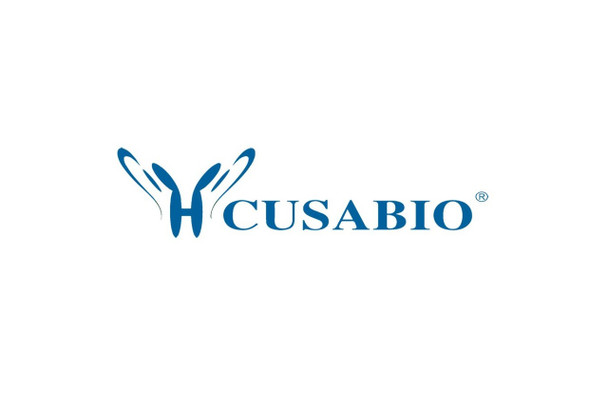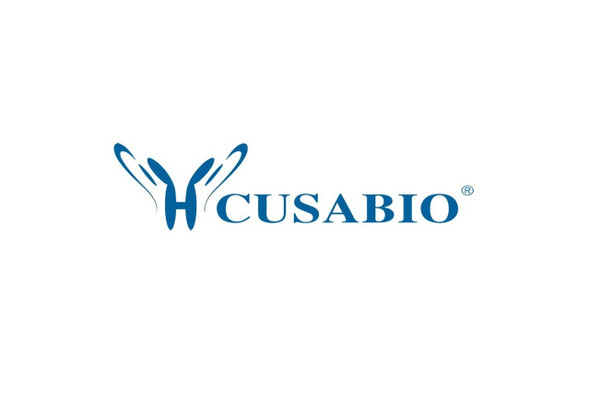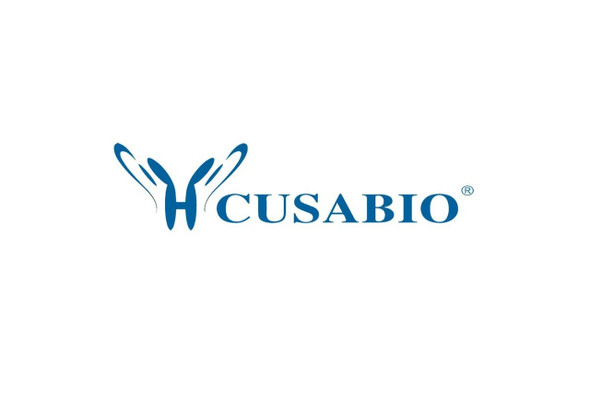Cusabio Human Recombinants
Recombinant Human Fibulin-1 (FBLN1) | CSB-YP008452HU
- SKU:
- CSB-YP008452HU
- Availability:
- 25 - 35 Working Days
Description
Recombinant Human Fibulin-1 (FBLN1) | CSB-YP008452HU | Cusabio
Alternative Name(s): Basement membrane protein 90; BM 90; FBLN; Fbln1; FBLN1_HUMAN; FIBL 1; FIBL-1; FIBL1; Fibulin 1; Fibulin-1
Gene Names: FBLN1
Research Areas: Cancer
Organism: Homo sapiens (Human)
AA Sequence: DVLLEACCADGHRMATHQKDCSLPYATESKECRMVQEQCCHSQLEELHCATGISLANEQDRCATPHGDNASLEATFVKRCCHCCLLGRAAQAQGQSCEYSLMVGYQCGQVFQACCVKSQETGDLDVGGLQETDKIIEVEEEQEDPYLNDRCRGGGPCKQQCRDTGDEVVCSCFVGYQLLSDGVSCEDVNECITGSHSCRLGESCINTVGSFRCQRDSSCGTGYELTEDNSCKDIDECESGIHNCLPDFICQNTLGSFRCRPKLQCKSGFIQDALGNCIDINECLSISAPCPIGHTCINTEGSYTCQKNVPNCGRGYHLNEEGTRCVDVDECAPPAEPCGKGHRCVNSPGSFRCECKTGYYFDGISRMCVDVNECQRYPGRLCGHKCENTLGSYLCSCSVGFRLSVDGRSCEDINECSSSPCSQECANVYGSYQCYCRRGYQLSDVDGVTCEDIDECALPTGGHICSYRCINIPGSFQCSCPSSGYRLAPNGRNCQDIDECVTGIHNCSINETCFNIQGGFRCLAFECPENYRRSAATLQQEKTDTVRCIKSCRPNDVTCVFDPVHTISHTVISLPTFREFTRPEEIIFLRAITPPHPASQANIIFDITEGNLRDSFDIIKRYMDGMTVGVVRQVRPIVGPFHAVLKLEMNYVVGGVVSHRNVVNVHIFVSEYWF
Source: Yeast
Tag Info: C-terminal 6xHis-Myc-tagged
Expression Region: 30-703aa
Sequence Info: Full Length of Mature Protein
MW: 77.3 kDa
Purity: Greater than 85% as determined by SDS-PAGE.
Relevance: Incorporated into fibronectin-containing matrix fibers. May play a role in cell adhesion and migration along protein fibers within the extracellular matrix (ECM). Could be important for certain developmental processes and contribute to the supramolecular organization of ECM architecture, in particular to those of basement membranes. Has been implicated in a role in cellular transformation and tumor invasion, it appears to be a tumor suppressor. May play a role in haemostasis and thrombosis owing to its ability to bind fibrinogen and incorporate into clots. Could play a significant role in modulating the neurotrophic activities of APP, particularly soluble APP.
Reference: "Human fibulin-1D: molecular cloning, expression and similarity with S1-5 protein, a new member of the fibulin gene family." Tran H., Mattei M.-G., Godyna S., Argraves W.S. Matrix Biol. 15:479-493(1997)
Storage: The shelf life is related to many factors, storage state, buffer ingredients, storage temperature and the stability of the protein itself. Generally, the shelf life of liquid form is 6 months at -20?/-80?. The shelf life of lyophilized form is 12 months at -20?/-80?.
Notes: Repeated freezing and thawing is not recommended. Store working aliquots at 4? for up to one week.
Function: Incorporated into fibronectin-containing matrix fibers. May play a role in cell adhesion and migration along protein fibers within the extracellular matrix (ECM). Could be important for certain developmental processes and contribute to the supramolecular organization of ECM architecture, in particular to those of basement membranes. Has been implicated in a role in cellular transformation and tumor invasion, it appears to be a tumor suppressor. May play a role in haemostasis and thrombosis owing to its ability to bind fibrinogen and incorporate into clots. Could play a significant role in modulating the neurotrophic activities of APP, particularly soluble APP.
Involvement in disease: A chromosomal aberration involving FBLN1 is found in a complex type of synpolydactyly referred to as 3/3-prime/4 synpolydactyly associated with metacarpal and metatarsal synostoses. Reciprocal translocation t(12;22)(p11.2;q13.3) with RASSF8. Fibroblasts derived from a patient with synpolydactyly displayed alterations in the level of isoform D splice variant incorporated into the ECM and secreted into the conditioned culture medium. By contrast, the expression of isoform C was not perturbed in the patients fibroblasts. Furthermore, no aberrant polypeptides were detected in extracts of cultured patients fibroblasts. The translocation t(12;22) may result in haploinsufficiency of the isoform D splice variant, which could lead to the observed limb malformation.
Subcellular Location: Secreted, extracellular space, extracellular matrix
Protein Families: Fibulin family
Tissue Specificity: Isoform A and isoform B are only expressed in placenta. Isoform C and isoform D are expressed in a variety of tissues and cultured cells.
Paythway:
Form: Liquid or Lyophilized powder
Buffer: If the delivery form is liquid, the default storage buffer is Tris/PBS-based buffer, 5%-50% glycerol. If the delivery form is lyophilized powder, the buffer before lyophilization is Tris/PBS-based buffer, 6% Trehalose, pH 8.0.
Reconstitution: We recommend that this vial be briefly centrifuged prior to opening to bring the contents to the bottom. Please reconstitute protein in deionized sterile water to a concentration of 0.1-1.0 mg/mL.We recommend to add 5-50% of glycerol (final concentration) and aliquot for long-term storage at -20?/-80?. Our default final concentration of glycerol is 50%. Customers could use it as reference.
Uniprot ID: P23142
HGNC Database Link: HGNC
UniGene Database Link: UniGene
KEGG Database Link: KEGG
STRING Database Link: STRING
OMIM Database Link: OMIM









